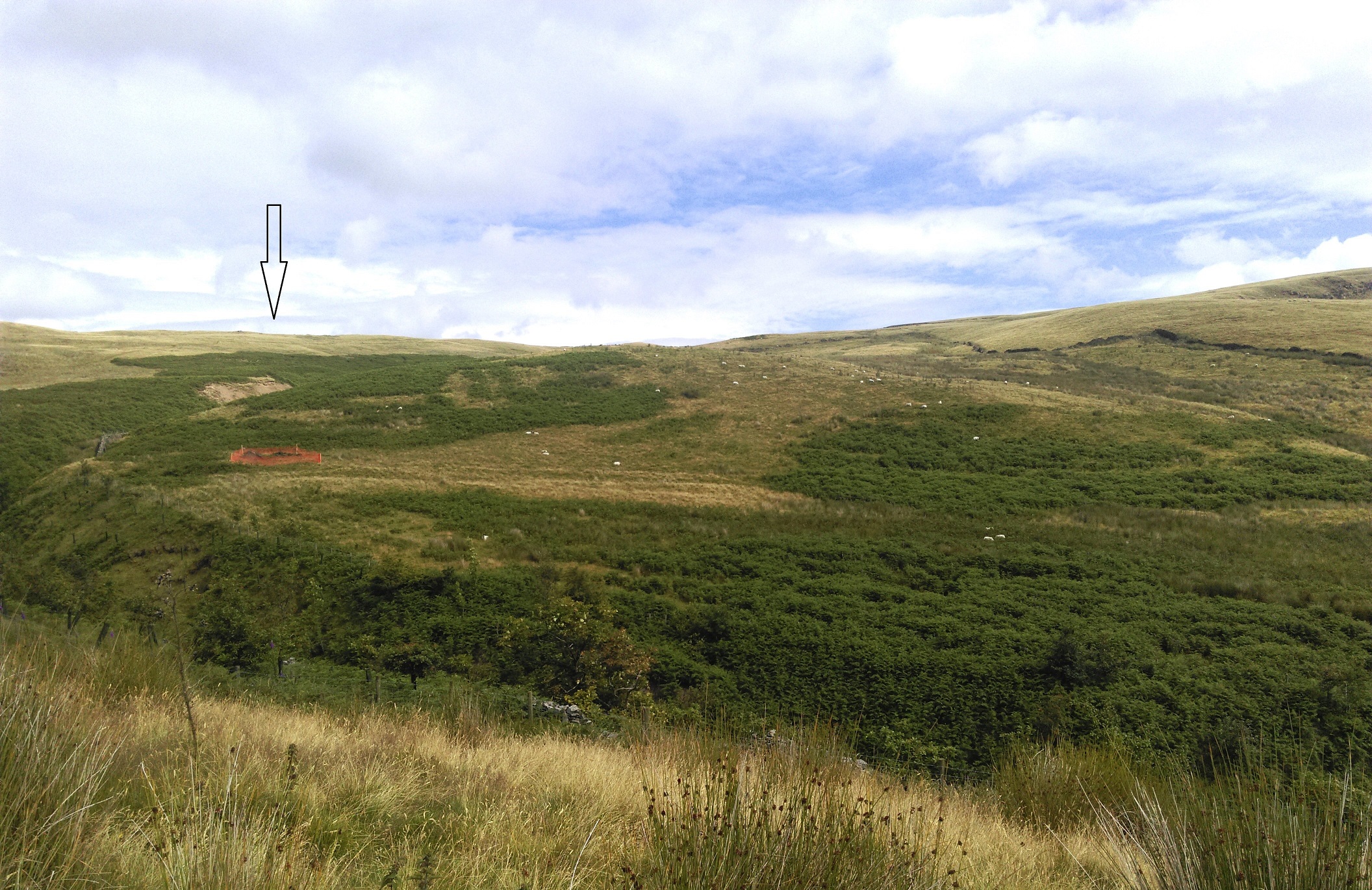Happy Christmas one & all, and a Merry New Year.
Yesterday Dave Oyston (United Utilities) and I went up to the Cragg’s kiln dig site for probably the last time this year. The sun shone brightly and it was a joy to be there patching up the fencing and taking in the ever changing scenery. As you can see from the photos the light was beautiful and one was almost tempted to have a dip in T3b. It seems a fitting conclusion to this year’s activities in Pendle’s Hidden Valley.
Here is a recap of things to date. We have completed the first phase – a series of rapid survey field walks to identify sites for further study. Each of these field walks produced sites worthy of further investigation. Phase 2 – schedule and prioritise identified sites – has to some extent been done on the roll so that we could make use of the summer to start the next phase. Phase 3 is to carry out further investigation including full survey and/or possible excavation of the targeted sites.
Many of the sites identified in phase 1 were post-industrial. These have been noted & it is intended to produce a gazetteer of these later features at some point. Possibly the two most productive walks were to the north of Sabden, a village at the Western end of the study area, and the very last one. The rapid survey above Sabden was to establish if the area known as Craggs warranted more intense attention. It did & it does – of which, more later.
The final walk produced evidence of some of the earliest human activity in the valley bottom. Stray bits of Mesolithic chert debitage were found on opposite sides of the valley near the possible Iron Age site at Water Meetings. Right at the end of the day we found a possible chert knapping site, with a scraper and borer/awl amongst the debitage. The majority of this material is Mesolithic too. To the best of our knowledge, this is the first reliable evidence of a Mesolithic site at such a low altitude in the study area.
The Mesolithic returns us to Craggs. Here we’ve found evidence of a Mesolithic microlith knapping site which we may excavate at a later date. This is at a more typical altitude of c1000 feet. On our initial survey walk of Craggs we realised that the site was far more complex than previously understood to be. It is probable that this area was the nexus of activity in the Early Mediaeval and immediately post Conquest. Further research needs to be undertaken on this. As it stands, we decided to make this area the focus of our excavations in 2015. To date we have carried out three digs in the vicinity. The latest is ongoing. In this excavation we have been unearthing what appears to be a double kiln feature. It is not giving up its secrets easily & at time of writing we have no firm evidence of what was being burnt. More of the feature will need to be excavated. We are most grateful to United Utilities and the tenant farmer for their continuing co-operation & assistance in our work at Craggs.
We are now well over a year into Pendle’s Hidden Valley Project and it has already thrown new light on the distant past of the area. We look forward to increasing local involvement and expanding the picture of the early history of this beautiful part of the North West. The search for funds to pay for the services of experts continues. We still need help with research and digging/walking. In the new year we will continue the programme of walks, the kiln dig will continue and there will be a series of more easily accessible digs too. Please feel free to join us. My thanks go to all those who have participated in any part of Pendle’s Hidden Valley Project or any of the other activities of the Friends’ archaeological group including those in Wycoller & the Rossendale area.
I hope you all have the Christmas and New Year that you desire and deserve.
Hopefully see you in 2016, including those of you outside the Pendle area.
Alex Whitlock
Christmas Eve 2015





Great update. Many thanks.